wpc facade cladding
Discover how WPC (Wood-Plastic Composite) Facade Cladding can transform the exterior of buildings, offering a blend of aesthetics, durability, and sustainability.
wpc facade cladding
Introduction
Wood-Plastic Composite (WPC) facade cladding is an innovative solution that has gained significant traction in the architectural industry due to its unique properties. This material combines the aesthetics of wood with the durability and resilience of plastic, making it a versatile option for exterior wall cladding. In this article, we will delve into the numerous benefits of using WPC facade cladding, including its resistance to weathering, low maintenance requirements, and environmental impact. Additionally, we will explore case studies where WPC has been successfully implemented in various architectural projects.
Benefits of Using WPC Facade Cladding
Resistance to Weathering
One of the primary advantages of WPC facade cladding is its exceptional resistance to weathering. Unlike traditional wood, which can warp, crack, or rot when exposed to moisture, sunlight, and temperature fluctuations, WPC remains stable over time. This makes it ideal for use in harsh outdoor environments, such as coastal areas or regions with extreme weather conditions. According to a study published in the Journal of Building Engineering, WPC materials have demonstrated superior performance in resisting UV radiation, water absorption, and mechanical damage compared to natural wood (Source).
Low Maintenance Requirements
Another key benefit of WPC facade cladding is its minimal maintenance needs. Traditional wood facades require regular painting, staining, and sealing to prevent decay and maintain their appearance. In contrast, WPC facades are resistant to mold, mildew, and insect infestation, reducing the need for ongoing upkeep. Furthermore, they can be easily cleaned with soap and water, making them a practical choice for building owners and managers looking to reduce long-term costs. A report from the National Institute of Standards and Technology highlights the low-maintenance nature of WPC materials, noting that they require significantly less attention than conventional wood products (Source).
Environmental Impact
From an environmental perspective, WPC facade cladding offers several advantages. Firstly, it is made from a combination of recycled wood fibers and thermoplastic resins, reducing the demand for virgin timber and minimizing waste. Secondly, the manufacturing process for WPC materials produces fewer greenhouse gas emissions compared to traditional wood processing methods. Lastly, WPC facades can contribute to LEED certification points in green building projects, promoting sustainable design practices. The U.S. Green Building Council emphasizes the sustainability benefits of using WPC materials in construction (Source).
Case Studies
Several successful implementations of WPC facade cladding have been documented in recent years. For instance, the eco-friendly renovation of the Grand Central Terminal in New York City incorporated WPC panels to enhance the building’s aesthetic appeal while reducing maintenance costs. Similarly, the new terminal at Denver International Airport utilized WPC cladding to create a durable, low-maintenance facade that aligns with the airport’s commitment to sustainability. These examples demonstrate the versatility and effectiveness of WPC materials in high-profile architectural projects.
Conclusion
Given its resistance to weathering, low maintenance requirements, and positive environmental impact, WPC facade cladding represents a compelling choice for architects and builders seeking sustainable, durable solutions for exterior wall cladding. As more case studies emerge showcasing the successful implementation of WPC materials, it is likely that their popularity will continue to grow in the architectural community.
Reference
Resilience of Wood-Plastic Composites to Environmental Stressors
Low-Maintenance Characteristics of Wood-Plastic Composites (WPC)
How to Use Wood-Plastic Composites (WPC) in Green Building Projects
Baoding Plastroy WPC Products
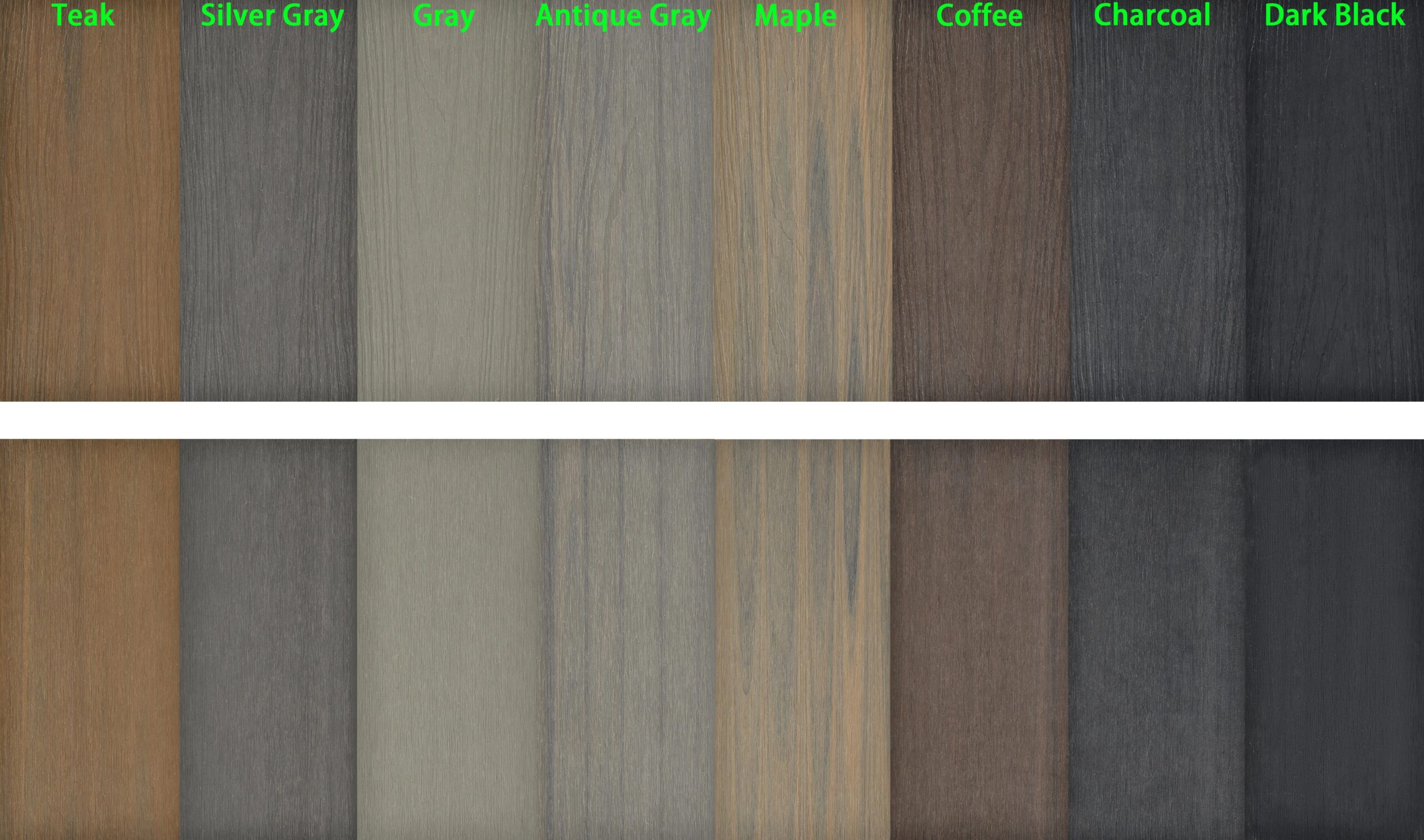
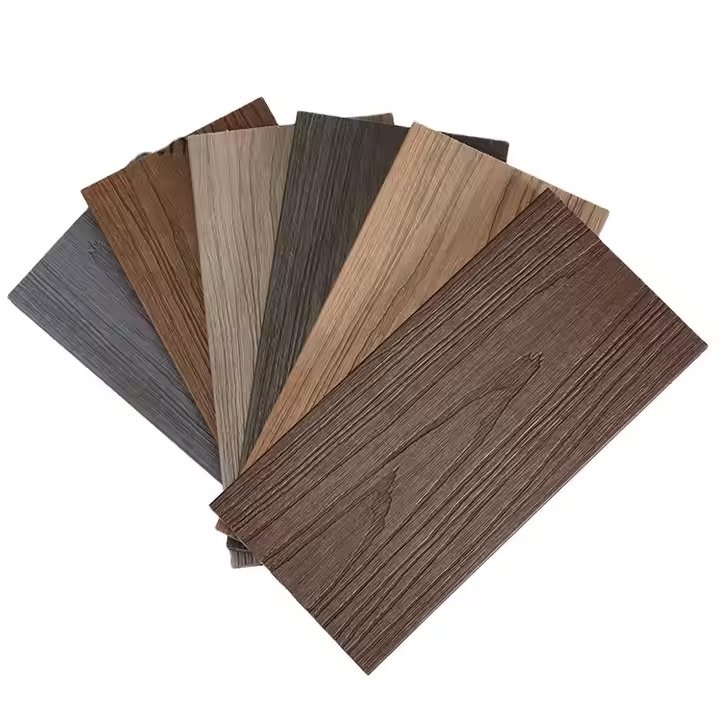
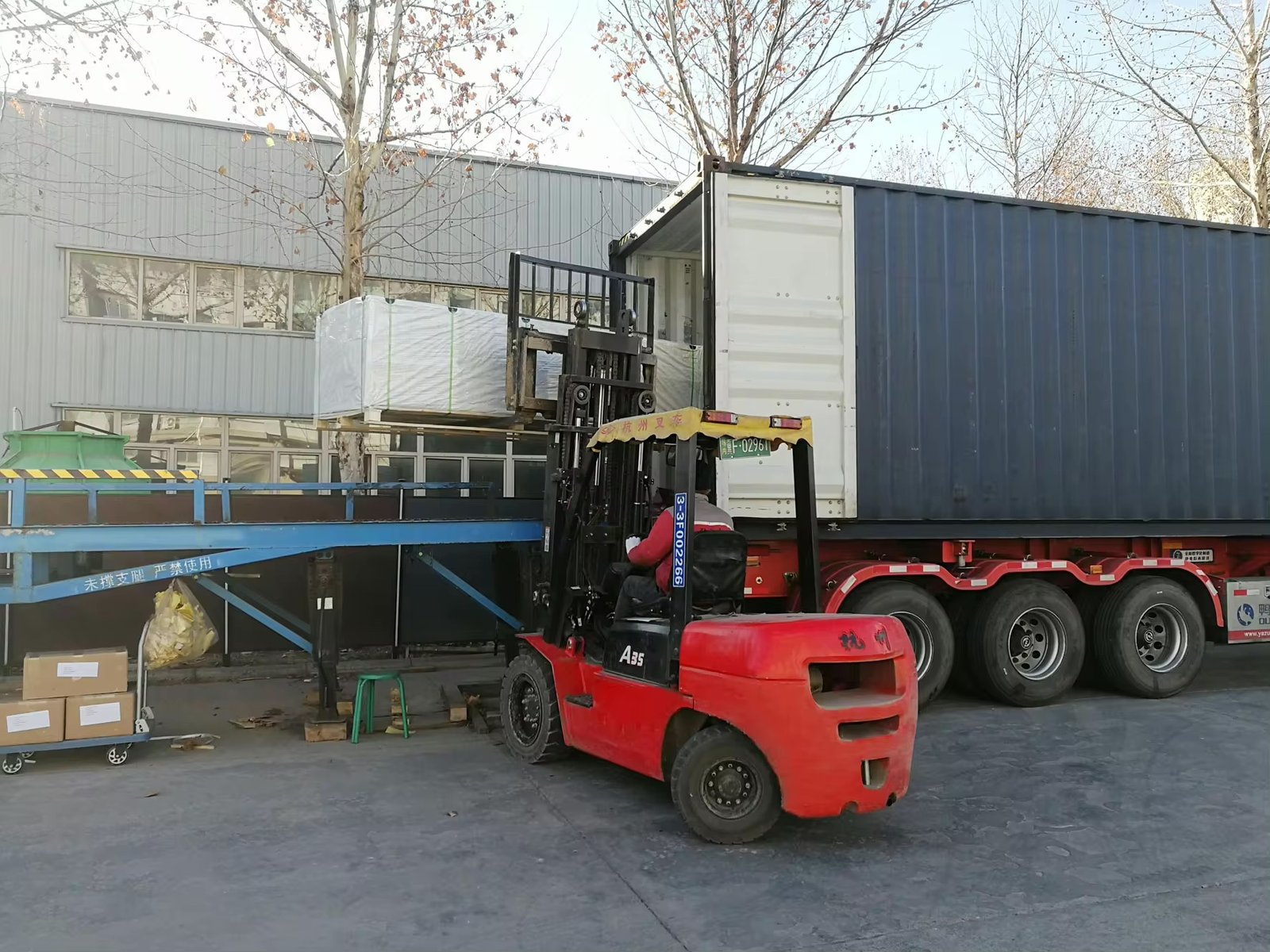
Why Choose Plastory?
Baoding Plastory New Materials Co., Ltd. is a manufacturer of decorative materials with over 9 years of experience and 56 separate production lines.
Currently, our annual production exceeds 30,000 tons, with products exported to more than 50 countries worldwide.
Plastory is the drafting unit of the WPC National Standards and has obtained certifications such as REACH, ASTM, CE, and FSC. Plastory is dedicated to maintaining consistent quality, focusing on details, and prioritizing customer satisfaction.
Our factory is located in Baoding, Hebei Province, China, with a prime location and convenient transportation access. Baoding is approximately a 1.5-hour drive from Beijing Capital International Airport and just 2 hours away from Tianjin Port, making it easy for global clients to visit and facilitating efficient shipping of goods. Our facility spans a large area, equipped with advanced production equipment and modern testing facilities to ensure that every batch of products meets the highest quality standards.
We warmly welcome clients from around the world to visit our factory, where you can see our production processes firsthand and experience our product quality. Please feel free to reach out to us—we are committed to providing you with the best products and services.
Kindly get in touch with us to request a product catalogue.

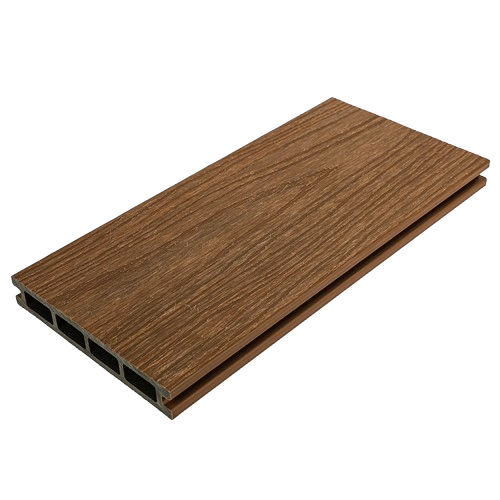
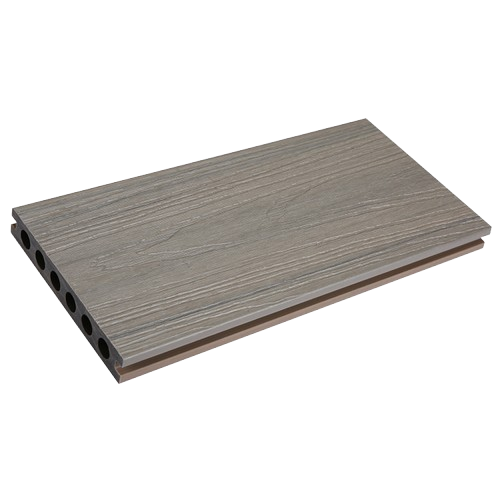
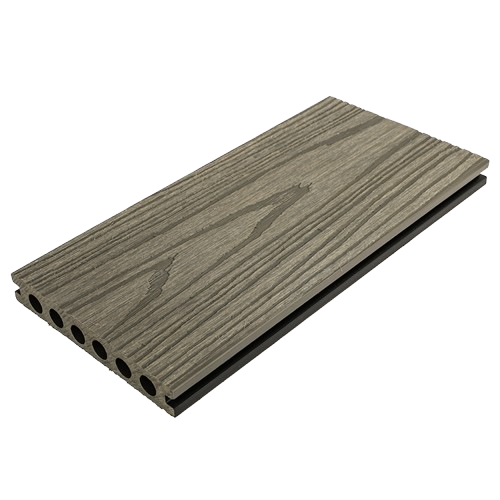
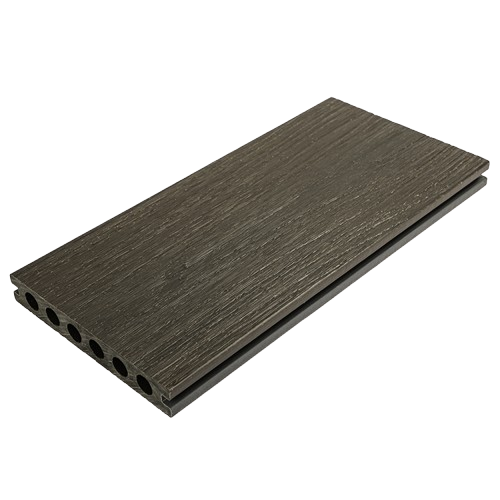
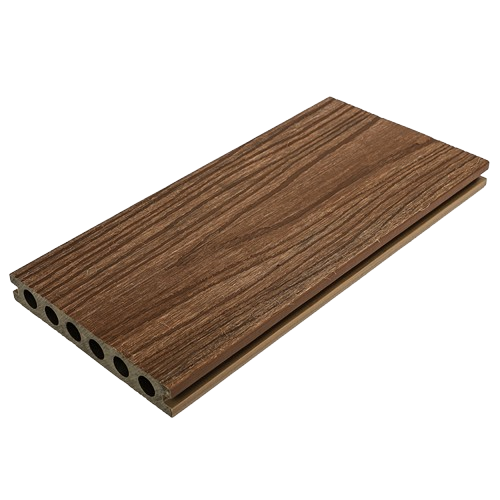
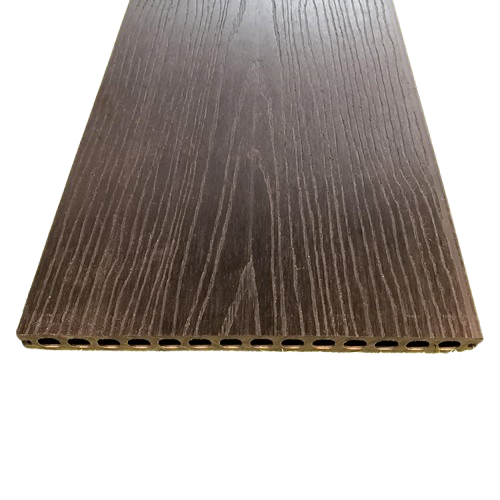
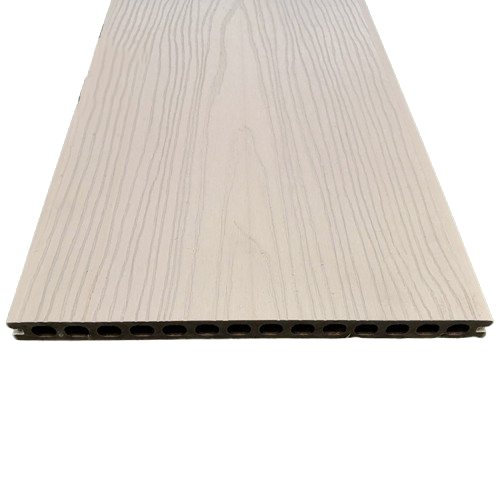

Reviews
There are no reviews yet.